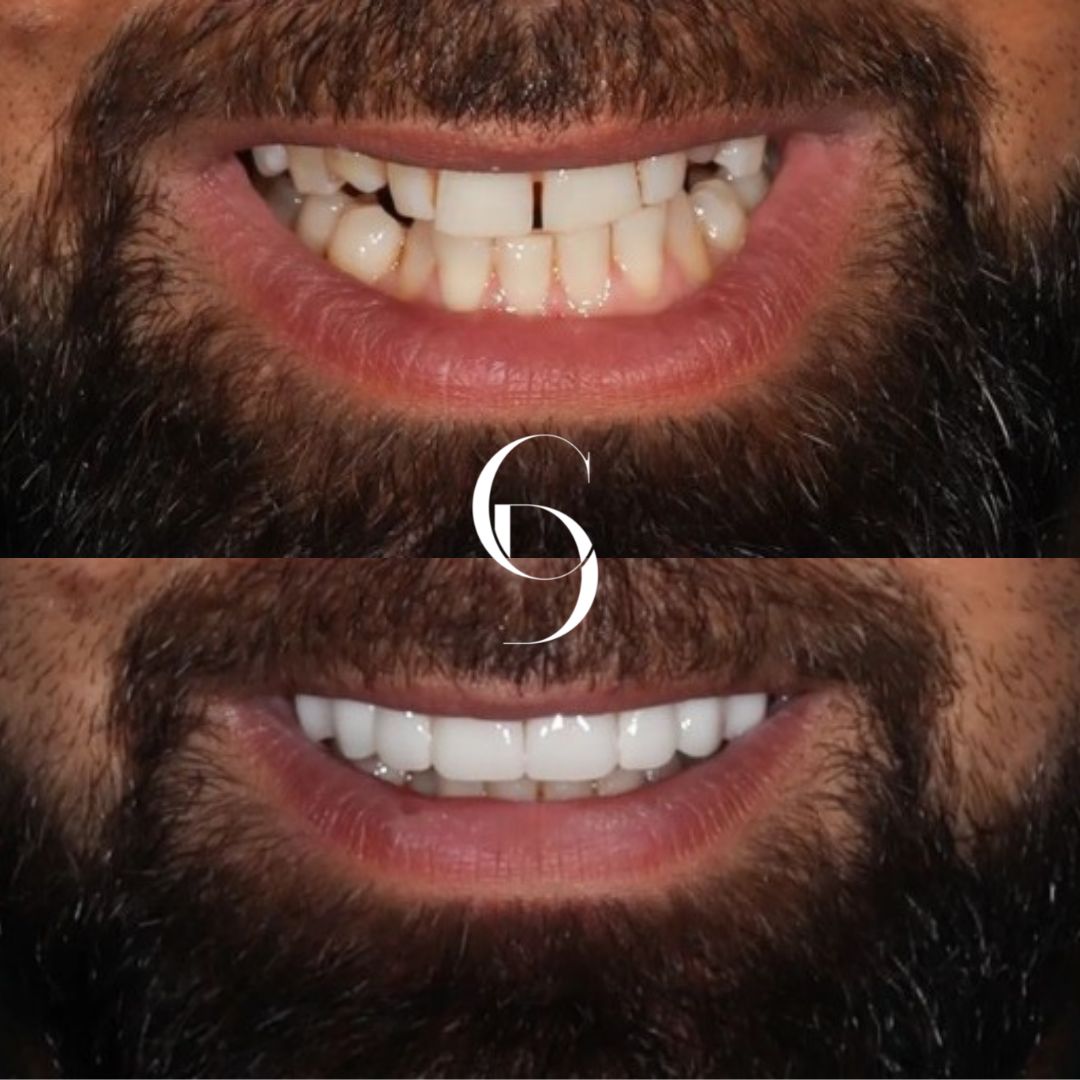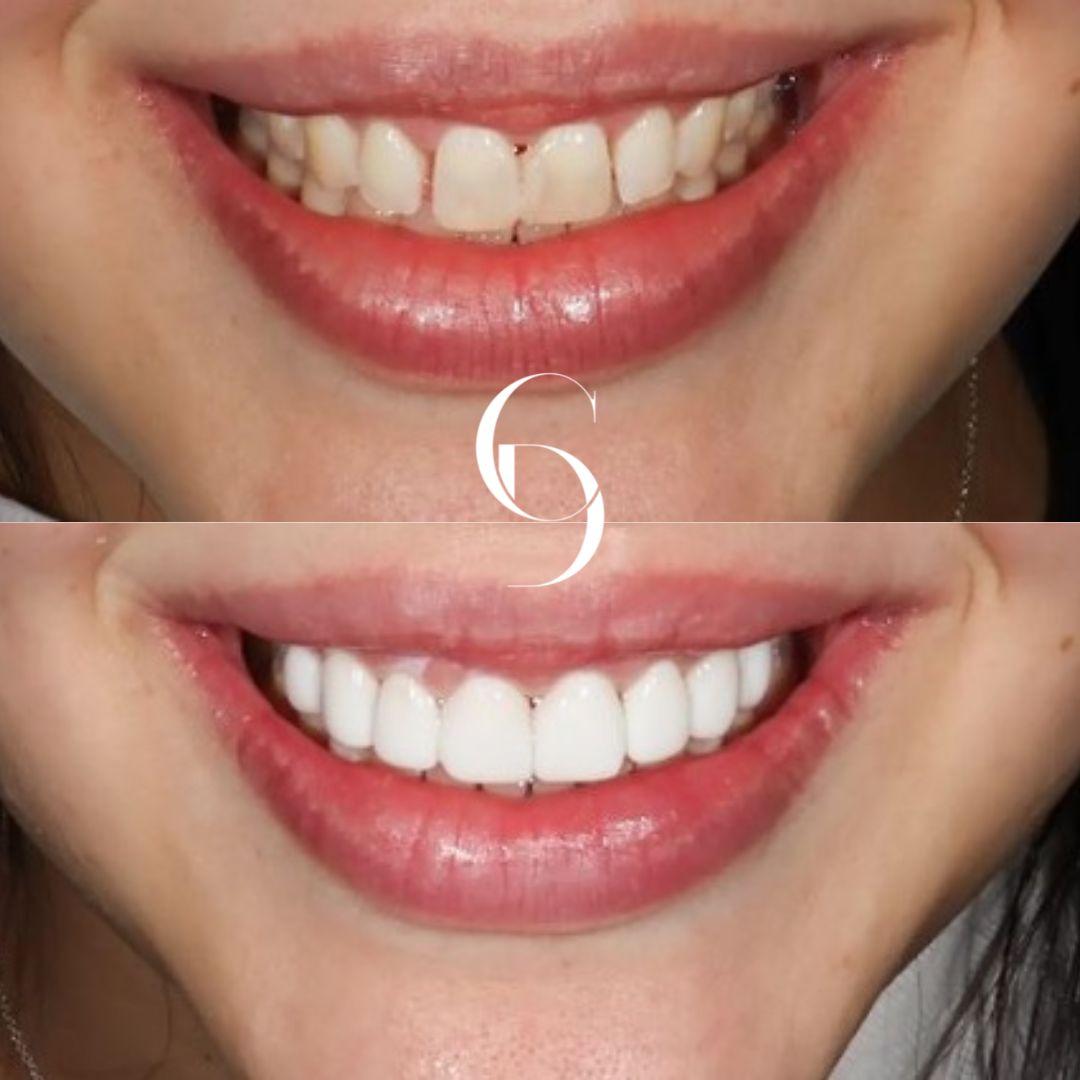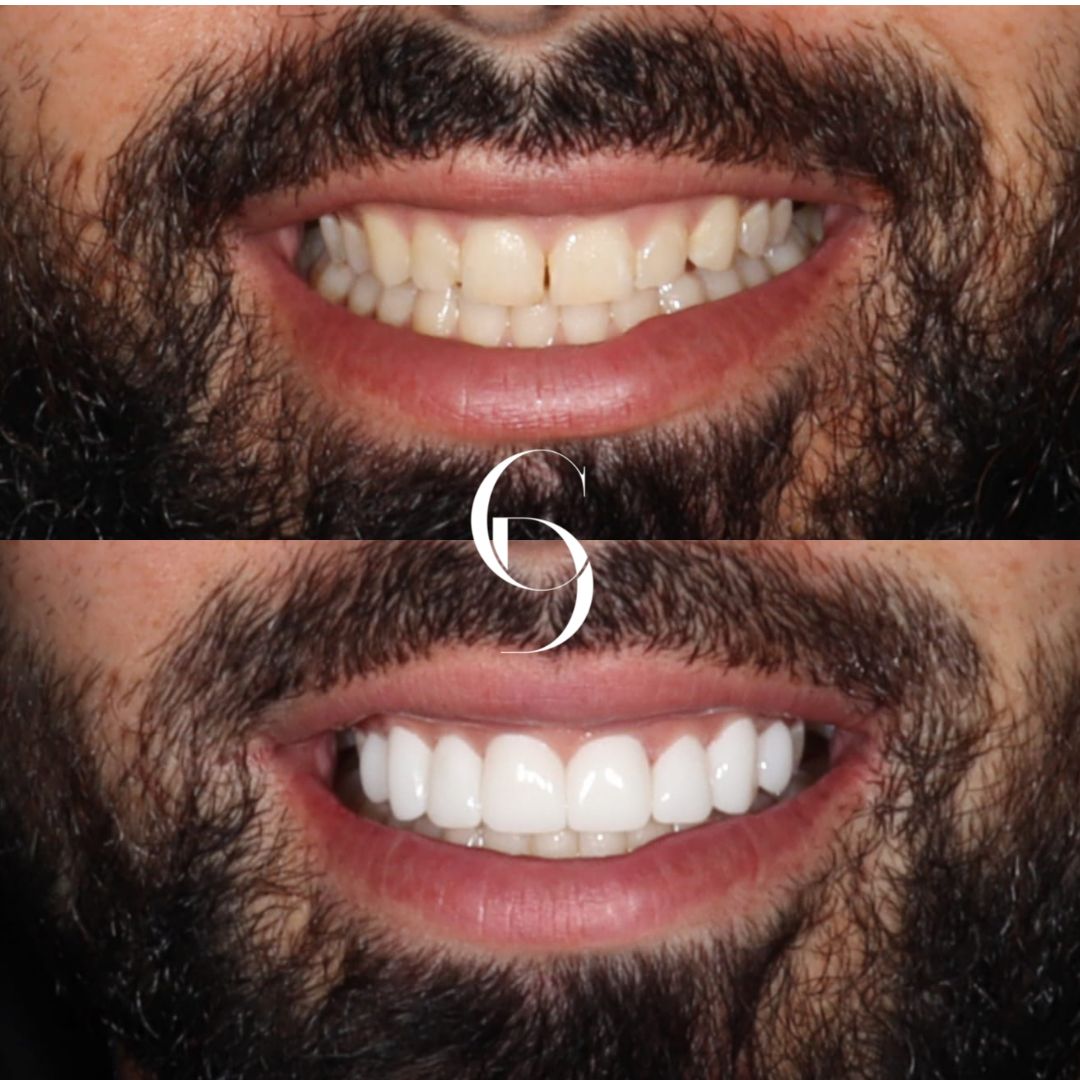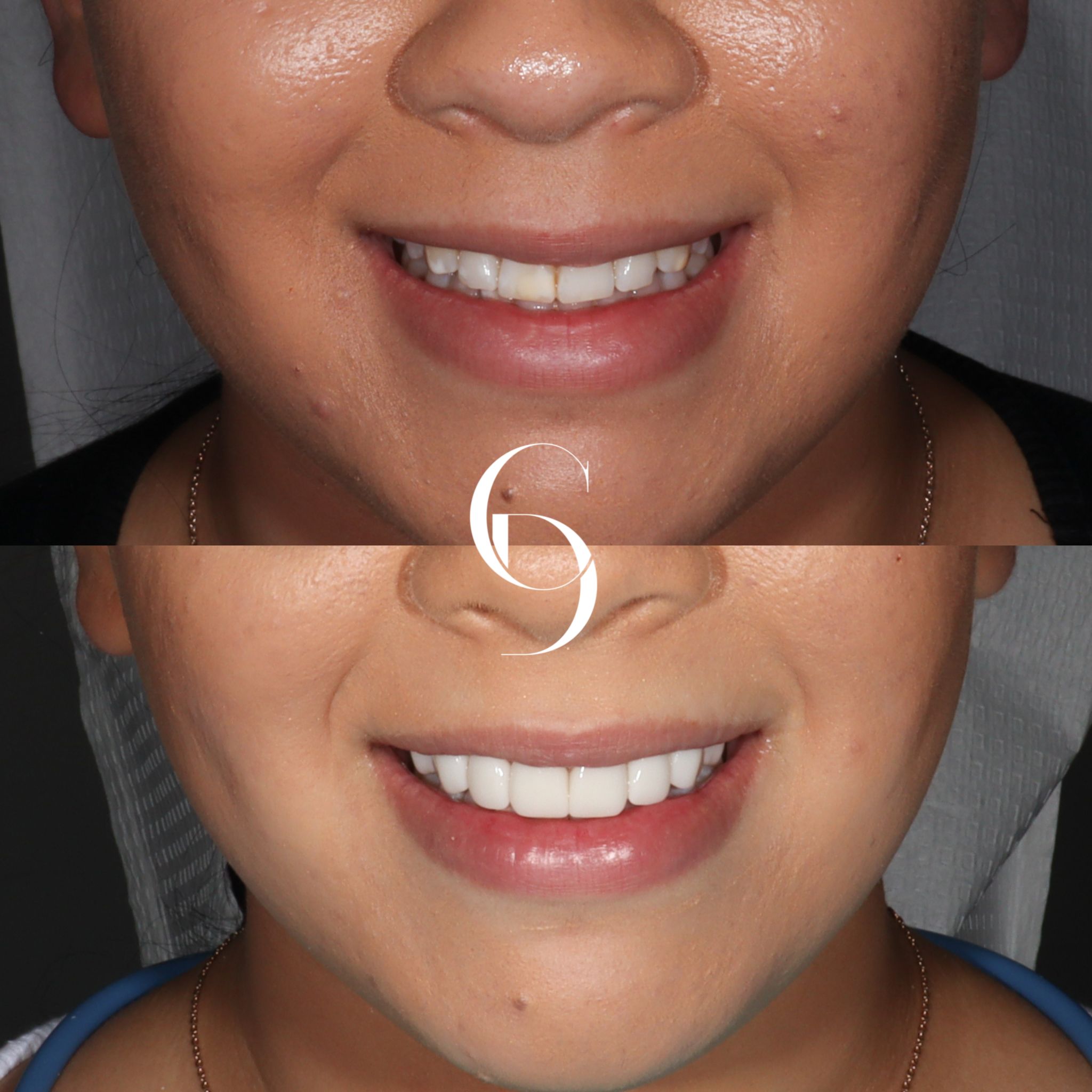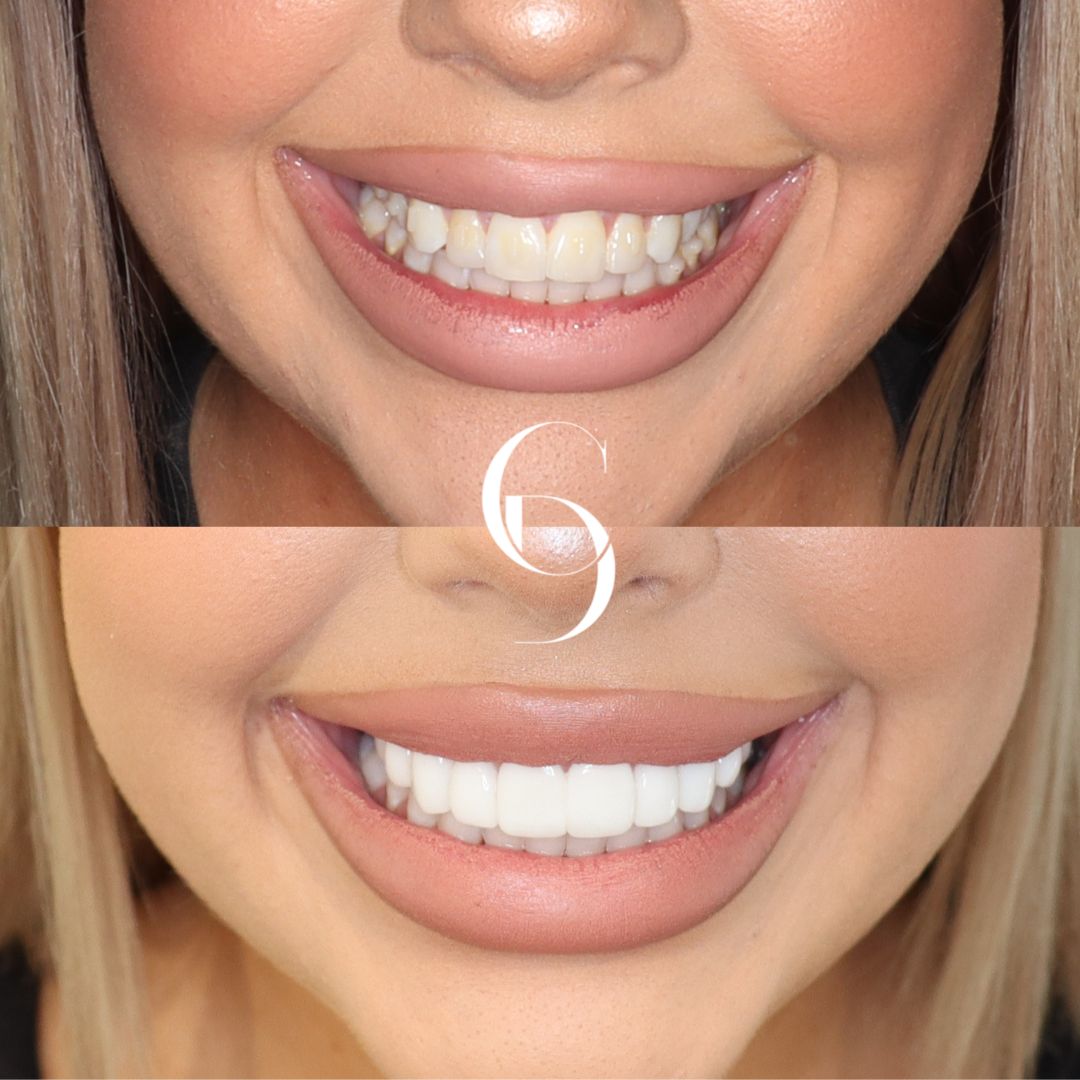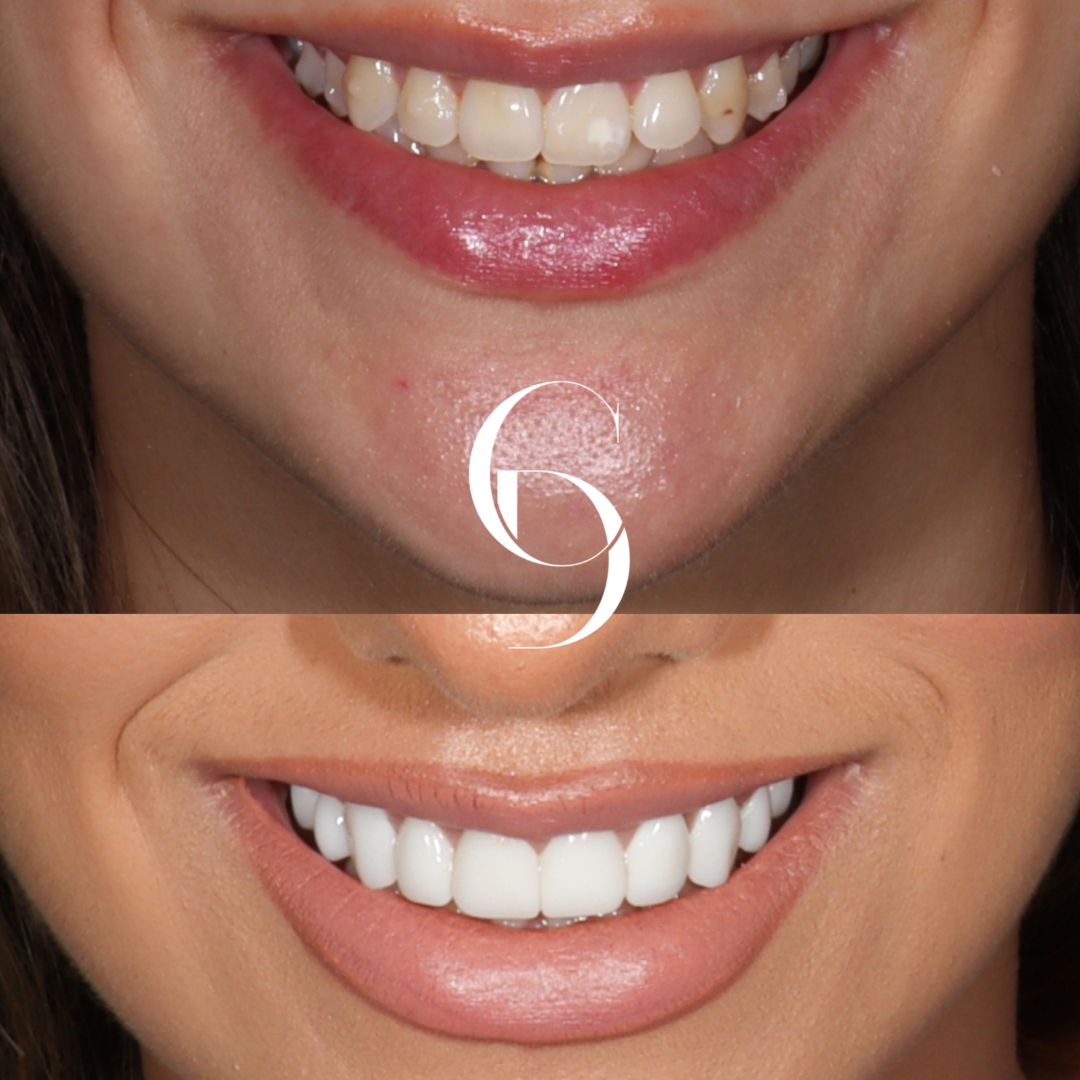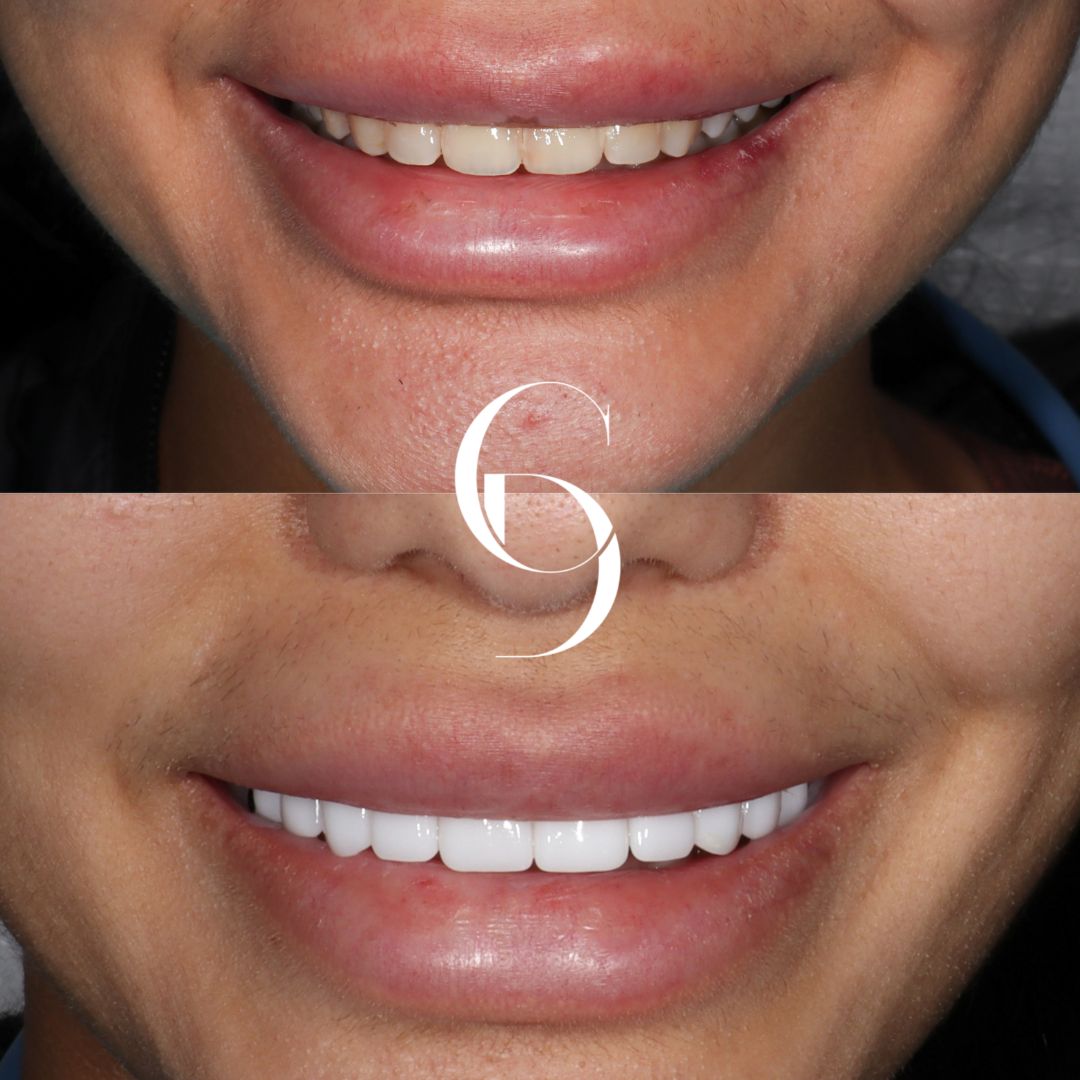The inner part of a tooth’s root, housing nerves and blood vessels, is known as the root canal. In cases of inflammation or infection in this area, endodontic treatment may be necessary. When confronted with such a situation, patients typically have two alternatives: extraction of the tooth or undergoing root canal therapy in an attempt to preserve the tooth.
In making this decision, it is advisable to prioritise saving your natural tooth. No matter how efficient the dental treatments like bridges, implants or different dental veneers are, nothing can match your original tooth’s look, feel, and functionality. However, how can one determine if there is an infection in the root canal system?
Let us help you with that!
Signs You May Need a Root Canal
Severe Toothache
Toothache is a crucial indicator for potential root canal treatment, often arising from damage to the tooth’s nerve and pulp. The pain can range from a dull ache to an intense, sharp sensation, and it may not subside on its own. It is a result of compromised blood vessels and nerves within the tooth caused by factors such as deep cavities, damaged fillings, or cracked teeth.
The severity of the toothache tends to escalate as the infection worsens. It may be accompanied by persistent discomfort, especially when biting down or applying pressure on the affected tooth.
Hot and Cold Sensitivity
Tooth sensitivity to hot and cold food or drinks can be another significant indicator that root canal treatment may be necessary. This extreme sensitivity can be a sign of damage or infection within the dental pulp, which consists of blood vessels, connective tissue, and nerves. Addressing dental pulp infections through root canal therapy can effectively relieve the pain and restore oral health.
In cases of new, severe sensitivity to hot or cold temperatures, seeking a proper evaluation by a qualified dentist is crucial.
Swollen Gums
This swelling may arise from various causes, such as tooth pulp infection, gum disease, or advanced endodontic complications. Swelling in the gums may be accompanied by visible signs of infection, like dark spots on the tooth, tooth sensitivity, or discoloured adjacent teeth. Pimples on the gums, known as gum boils or abscesses, can signify an advanced stage of infection requiring urgent intervention. These may release pus, leading to an unpleasant taste and bad breath. The severity of swelling can range from a slightly raised, tender spot to significant facial and neck swelling.
While not all gum swelling mandates root canal surgery, when coupled with tooth pain and infection signs, it becomes a common indication of the need for root canal therapy.
Loose Teeth
Loose, chipped, or broken teeth can indicate potential underlying dental issues and demands immediate attention to prevent further damage. Recognising common signs such as difficulty chewing cold food, feeling unstable when biting down, and tooth sensitivity is essential, as these symptoms can signify the need for root canal treatment.
Whether the damage is a result of an accident, contact sports, or regular consumption of hard or crunchy foods, it is vital to seek dental care to repair the tooth and prevent bacterial penetration, which could lead to infection. A root canal procedure can effectively remove the infection, restore oral health, and potentially save the affected tooth, preventing more extensive dental intervention or tooth loss.
Teeth Discoloration
This discolouration may occur due to several reasons, such as infection from dead pulp, breakdown of internal tissue, or trauma to the tooth, leading to a compromised blood supply and subsequent nerve damage. When a tooth turns noticeably discoloured, especially in isolated instances, it can signify severe tooth decay or underlying tissue breakdown, potentially indicating the need for root canal therapy to reduce the associated pain and address the underlying issue.
Also, when the gums exhibit signs of discolouration or swelling, it may suggest that an infection has spread from the tooth to the surrounding tissue, further highlighting the potential need for root canal treatment.
What Parts Of The Tooth Are Involved In A Root Canal?
Your dentist will begin with the tough outer layer– the enamel. This mineral-rich shield safeguards teeth against the onslaught of heat, corrosion, and pressure. However, lurking bacteria, thriving in plaque formed on the enamel, release acidic waste, leading to tooth decay.
This unchecked decay breaches the enamel, infiltrating the dentin, a softer layer replete with tubules leading to the tooth’s vital core – the pulp chamber. Dentin’s decay opens a gateway to the pulp, the nerve-rich chamber residing at the heart of the tooth. Once the infectious journey reaches this fleshy core, the risk of severe infection increases.
The pulp chamber, a hub for crucial veins from the jaw through the tooth’s roots, becomes vulnerable. In such a scenario, a root canal procedure becomes necessary to rescue the tooth, remove the infected pulp, and seal the path to oral well-being.
For cosmetic concerns related to the appearance of your teeth after a root canal procedure, your dentist may discuss options like composite veneers or porcelain veneers to enhance the aesthetics of the treated tooth.
Wrapping Up
Recognising these indicators is a task best assigned to a dental professional, and your dentist will thoroughly assess the situation before deciding on such a significant procedure. If you’re encountering these symptoms, consider scheduling an appointment with Cosmetique Dental today, and we’ll gladly provide guidance.


